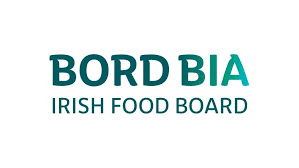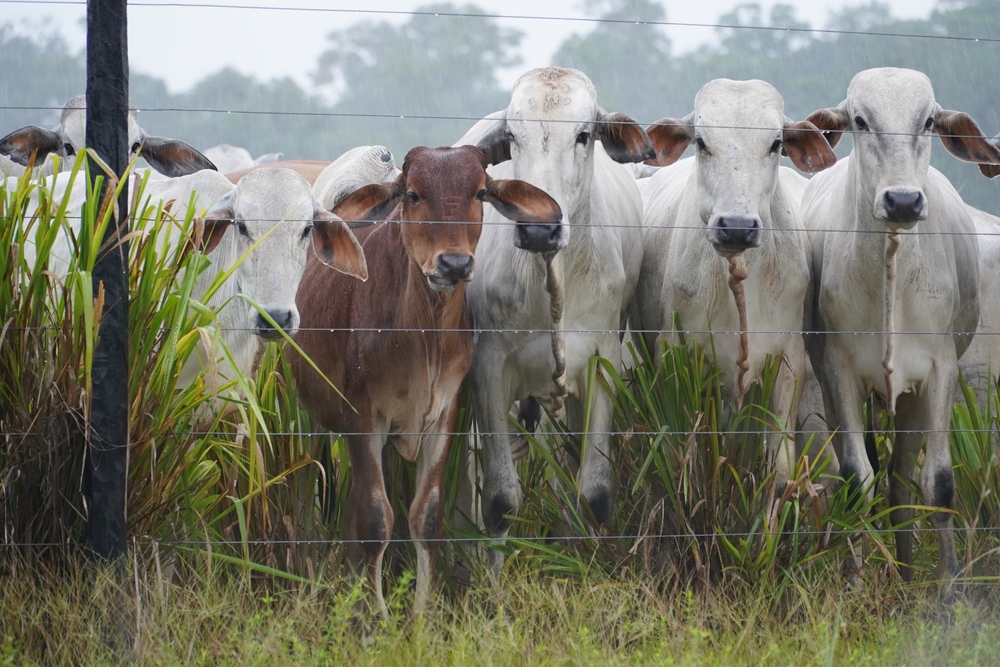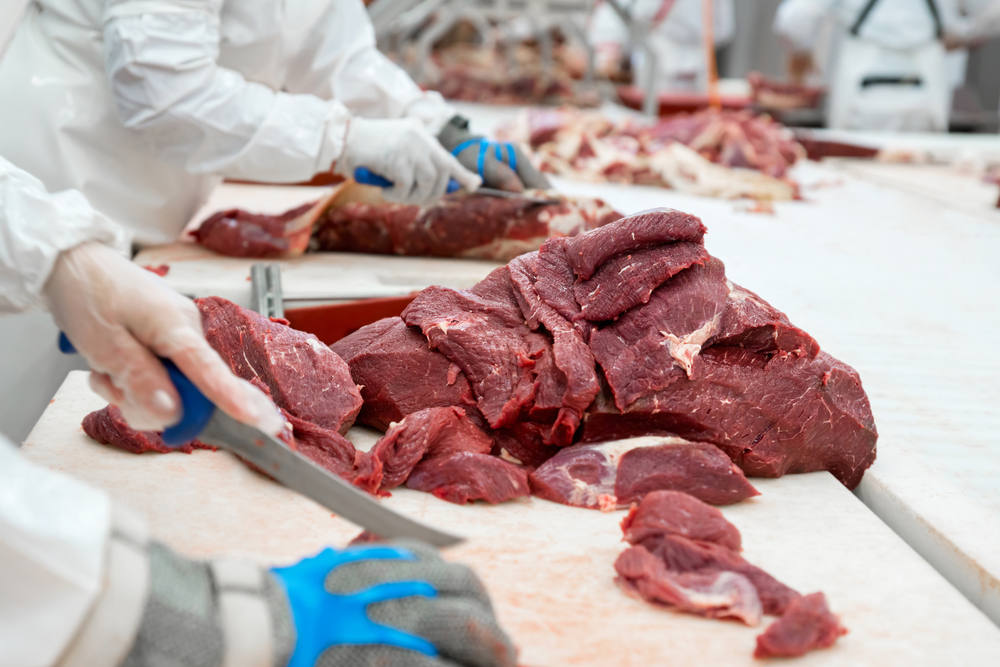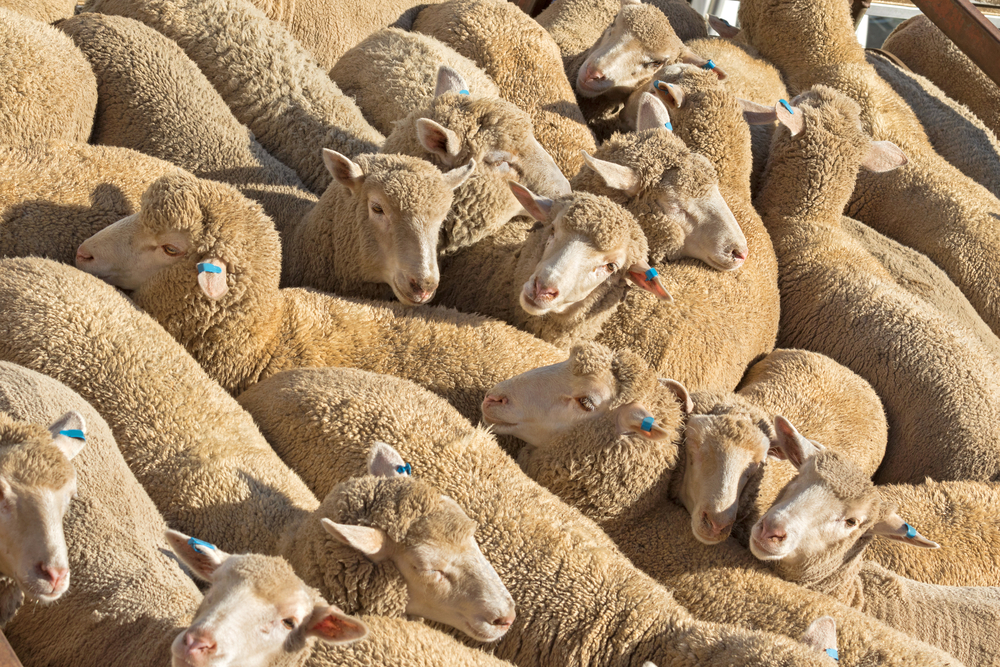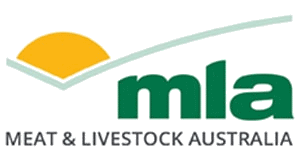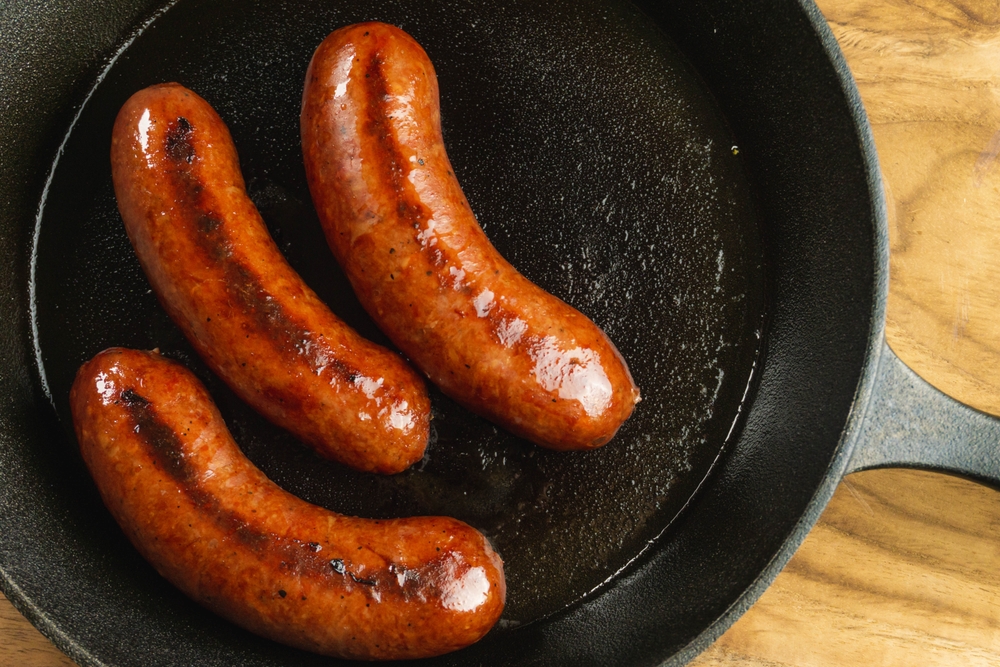Irish Cattle Trade & Prices Update: Throughput and Trends
Throughput
There were 40,777 cattle processed in DAFM approved plants last week, an uplift of just over 430 head from the previous week. This uplift is primarily due to an increase in the cow kill when compared to the previous week.
Prime cattle throughput YTD is currently on par with the same period last year at 1,051,293 head although a notable tightening in prime cattle availability is expected as we move into the final quarter of the year. A contraction in cattle numbers on the ground and a lively export trade have contributed to this outlook with numbers expected to remain tight for much of 2025.
Average carcase weights also continue to trend below previous years with the combination of a challenging grass growing season and a growing dairy influence on the prime cattle kill playing a role in the decline. The downward trend in average carcase weights is expected to continue in the short to medium term with calf registrations to suckler cows continuing to decline, while the number of beef sired calves produced from the dairy herd continues to increase.
Prices
There was a lift in the steady base quotes at Irish meat plants this week in response to tighter supplies and an expected increase in retail and foodservice demand for the Christmas period. In general, producers were offered a base price of €5.10/kg for steers with reports of up to €5.30/kg available. Starting quotes for heifers are in the region of €5.15/kg this week with similar room for negotiation being reported.
The trade for young bulls was also described as steady, with prices of between €5.35/kg and €5.40/kg on-offer for R grading animals under 24 months of age.
The cow trade remains relatively steady, with well-fleshed O+ grading suckler cows being offered prices of €4.55-4.65/kg, while prices for O grading dairy cows generally range from €4.65-4.75/kg. A significant proportion of the cow kill have achieved a conformation score of P in recent months and the prices available for these animals vary significantly based on grade, weight and quality.
For the week ending 19th October 2024, the average price paid by Irish beef processors for R3 increased slightly by 2c/kg to be at €5.07/kg. This remained 49c/kg ahead the corresponding week in 2023 when the R3 steer price was €4.58/kg.
Note that reported prices exclude VAT but include all bonus payments such as in-spec bonus, breed-based producer groups etc.
EU and UK prices:
Across the EU, the average reported price for R3 grading young bulls was €5.35/kg (excluding VAT) for the week ending 19th October, 2024. This is 46c higher than week 42 of last year when prices averaged €4.89/kg for this category.
In the UK, tighter cattle supplies and firm demand have meant deadweight beef prices have continued to firm. This week the average UK R3 steer price increased by 4c/kg to €6.13/kg.
